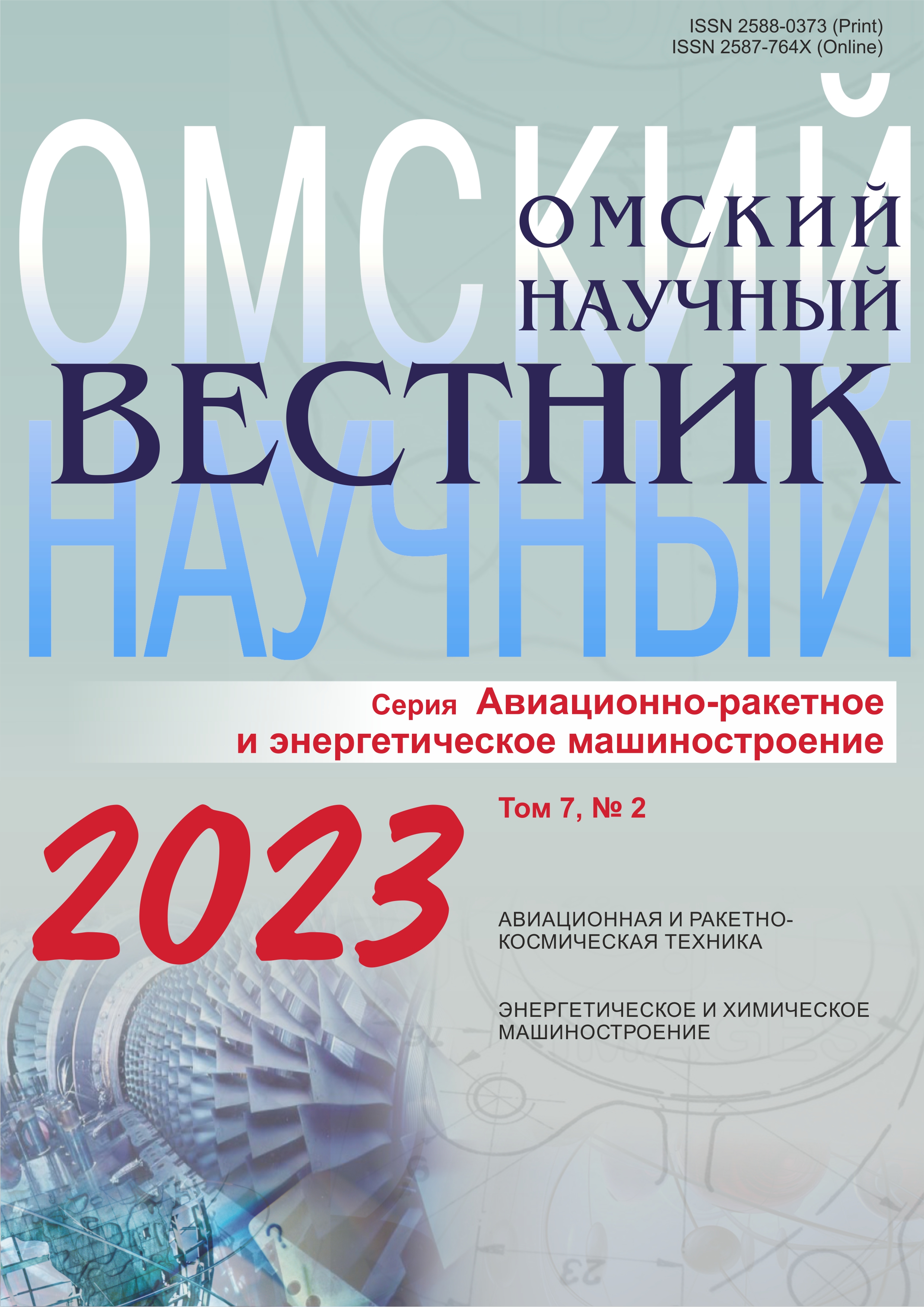Adjustment of condensing temperature of thevapor-compression heat pump based on a reciprocating long-stroke compressor stage at fixed temperatures of receiving coolant
DOI:
https://doi.org/10.25206/2588-0373-2023-7-2-27-35Keywords:
heat pump, adjustable condensing temperature, conversion efficiency, theoretical cycle, reciprocating compressor, water vaporAbstract
The theoretical cycle of a heat pump is considered, which is implemented, among other things, on the basis of a reciprocating long-stroke low-speed compressor stage at fixed temperatures of the receiving coolant. The energy components are the indicated power of the compressor, the heating capacity of the consumer, the additional heating capacity supplied to the working fluid of the heat pump before the compression process, as well as the additional heating capacity supplied to the working fluid of the heat pump or removed from it during the compression process. As independent control parameters, the following are considered: the ratio of the mass flow rates of the working fluid of the heat pump and the receiving coolant; overheating of the working fluid of the heat pump at suction and compression polytropic index. The analysis of possible design and non-design modes of operation of the heat pump with fixed operating parameters of the consumer is carried out. A technique has been developed for determining the thermodynamic efficiency of an ideal heat pump with various methods of adjustment of the condensing temperature. The relationship between the conversion factor of a heat pump and various methods of adjustment of the condensation temperature when using water vapor as its working fluid has been studied. The presented results of the theoretical analysis reflect the nature of the dependence of the heating capacity and the conversion factor of the heat pump on the ratio of the mass flow rates of the receiving coolant and the working fluid of the heat pump, the polytropic index of the compression process, and superheating of the suction steam.
Downloads
Published
How to Cite
Issue
Section
License
Non-exclusive rights to the article are transferred to the journal in full accordance with the Creative Commons License BY-NC-SA 4.0 «Attribution-NonCommercial-ShareAlike 4.0 Worldwide License (CC BY-NC-SA 4.0»)




